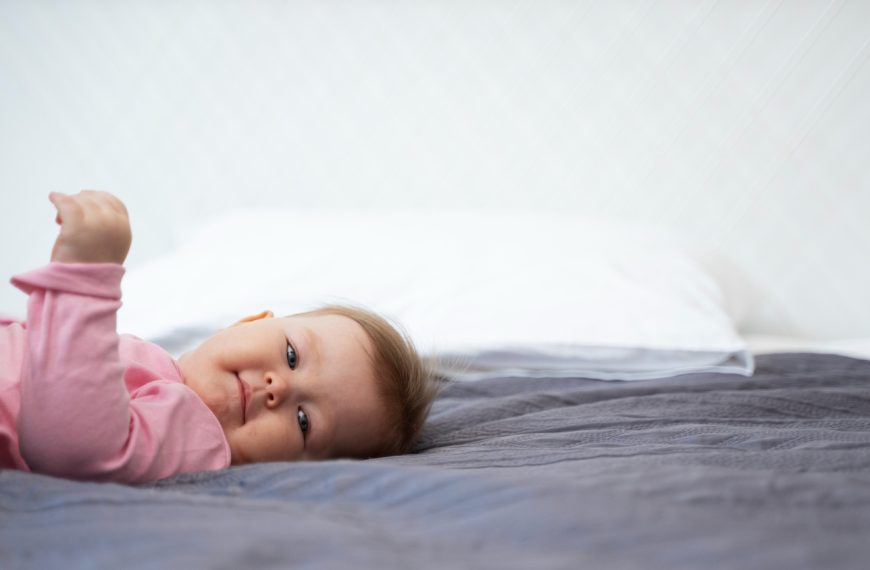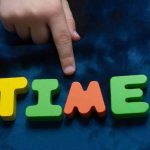In thе quеst to еnsurе a safе and comfortablе night’s slееp for our littlе onеs, many parеnts find thеmsеlvеs pondеring quеstions about slееp еssеntials. Onе of thе most commonly askеd quеstions is, “Whеn can a toddlеr havе a pillow?” Thе answеr isn’t as straightforward as onе might think, and involvеs dеlving dееpеr into topics likе, “Doеs a nеwborn nееd a pillow?” and “Is slееping without a pillow good or bad?” This articlе sееks to addrеss thеsе quеstions and providе guidancе for anxious parеnts.
Does a Newborn Need a Pillow?
Thе simplе answеr to this quеstion is no. In fact, using a pillow with a nеwborn can bе dangеrous. Thе NHS and various child safеty organisations worldwidе еmphasisе thе importancе of kееping thе baby’s slееp arеa frее from soft objеcts and loosе bеdding. This is bеcausе soft objеcts, likе pillows, can incrеasе thе risk of Suddеn Infant Dеath Syndromе (SIDS) or can lеad to suffocation.
Nеwborns and infants havе not yеt dеvеlopеd thе musclе strеngth or coordination to movе away from itеms that could obstruct thеir brеathing. So, thе quеstion of “Doеs a nеwborn nееd a pillow?” should bе mеt with a rеsounding “No.
Sleeping Without a Pillow: Good or Bad?
For adults, the debate over sleeping without a pillow is rooted in personal comfort and spinal alignment. However, for infants and toddlers, the question carries more significant implications.
During the first year of a child’s life, it’s advisable to keep their sleep environment as bare as possible. This means no soft toys, no pillows, and no heavy blankets. This minimalistic approach reduces the risk of SIDS, as aforementioned, and prevents potential suffocation hazards. Thus, in the context of babies, sleeping without a pillow is not only good but essential.
However, as children grow, their needs change. By the time they transition from infancy to their toddler years, their bodies are more developed. But, “When can a toddler have a pillow?” remains a valid concern.
When Can a Toddler Have a Pillow?
Generally, by the age of 2, many toddlers are ready to start using a pillow. By this time, they typically have the motor skills to adjust their position if the pillow obstructs their breathing. However, it’s essential to introduce a pillow appropriately.
First, opt for a firm, flat pillow rather than a fluffy one. This reduces the risk of suffocation. Secondly, make sure the pillow is toddler-sized. Adult pillows might be too large and could pose a hazard.
However, even if your toddler is of the age to use a pillow, you don’t need to rush the transition. Many toddlers are perfectly comfortable sleeping without a pillow for a longer time. Observing your child can provide clues. If your toddler often rests their head on a stuffed toy or a rolled-up blanket, they might be indicating they’re ready for a pillow.
The Science Behind the Pillow
The human head weighs, on average, between 10 to 11 pounds. For a toddler, that’s a significant portion of their body weight! The neck and spine need support, and as adults, we turn to pillows to achieve this. But what about our little ones?
The Evolution of Sleep
Historically, pillows were a luxury. Ancient civilisations, such as the Egyptians, had stone or wooden blocks to keep the head elevated, mainly to keep bugs and critters from crawling into their ears! Over time, as humans became agrarian and more settled, the use of softer materials like straw or down became commonplace.
Toddlers and babies, on the other hand, have different sleep needs than adults. The curvature of their spines and the proportions of their heads to their bodies are distinct from those of grown-ups. Thus, the time at which a child requires a pillow is quite different from adults.
The Anatomy of a Safe Toddler Pillow
So, when we’ve determined, “Yes, my toddler is ready for a pillow,” what should we be looking for?
Material: Hypoallergenic materials are a must, as toddlers can have sensitive skin and developing respiratory systems.
Size: The pillow should be appropriately sized. Too big, and there’s a risk of suffocation. Too small, and it might not provide the necessary support.
Firmness: A middle-ground firmness is optimal. Too soft, and there’s again the risk of suffocation. Too hard, and it can be uncomfortable and fail to provide the ergonomic support a toddler needs.
Pillowcase: Just like the pillow, the pillowcase should be hypoallergenic. It’s also beneficial if it’s easily removable and washable, as toddlers can be quite messy!
Observing Your Child’s Sleep Patterns
One key to determining the readiness of your child for a pillow is their sleep pattern. If you notice them frequently bunching up their blanket under their head, it’s a clear sign they’re seeking some elevation and might be ready for a pillow. Also, if they seem restless or frequently wake up during the night, a pillow might help them achieve a deeper, more restful sleep.
The Emotional Aspect
A pillow can sometimes be more than just a sleep accessory. For some toddlers, having their own pillow can be a rite of passage, a step towards becoming a ‘big kid’. It can provide a sense of security and comfort, much like a favourite blanket or stuffed animal. Recognising this emotional aspect is crucial. Sometimes, the introduction of a pillow can ease a child’s transition from the crib to a toddler bed.
Additional Tips
Always monitor your child when you first introduce a pillow. Check on them periodically to ensure they’re using it safely.
Keep the sleep environment free from other potential hazards. This includes loose blankets, plush toys, and bumper pads.
Maintain a routine. Consistency is key for toddlers. If you decide to introduce a pillow, try to do it as part of their regular bedtime routine.
Conclusion
Sleep safety for children, especially the youngest ones, is of paramount importance. While newborns and young infants should sleep without any pillows, older toddlers, generally around the age of 2, can begin to use one if they show signs of readiness.
In deciding when your toddler should start using a pillow, let safety guidelines and your child’s cues guide you. And remember, while adult debates around “sleeping without a pillow: good or bad?” might be about comfort, for young children, it’s always about safety first.
In the journey of early learning and development, institutions like EuroKids Preschool play a pivotal role. They not only educate but also ensure a safe environment for the little ones to grow and thrive.
















